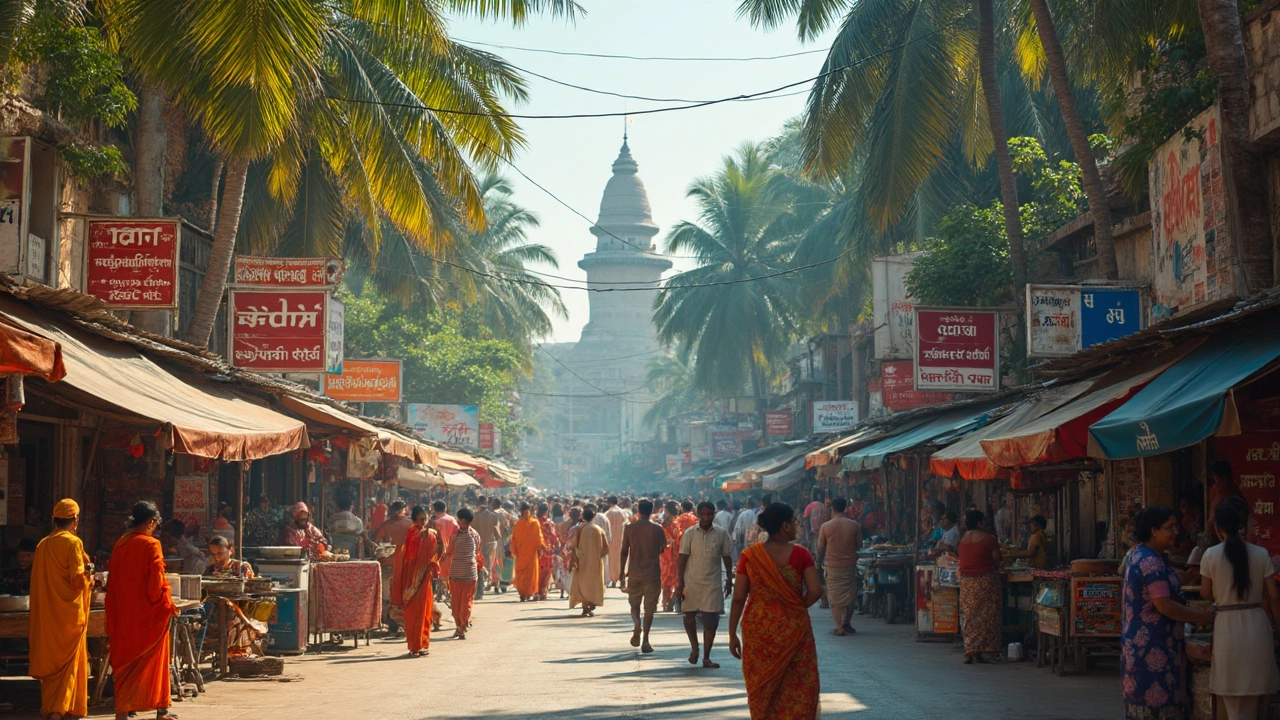Food in India: What to Eat, What to Avoid, and Where to Find the Best Bites
When you think of food in India, a vibrant, spicy, and deeply regional culinary tradition that varies from village to city. Also known as Indian cuisine, it’s not just meals—it’s culture served on a plate. Whether you’re biting into a crispy samosa on a Mumbai street corner or sipping spiced chai in a Himalayan village, the food here tells stories you won’t find in guidebooks. But here’s the thing: eating well in India isn’t just about flavor—it’s about safety, timing, and knowing where to look.
Many travelers worry about getting sick, and for good reason. But it’s not random. The same vendor who serves you perfect kebabs at noon might be risky at 8 PM. Indian street food, a daily ritual for millions, from pani puri to vada pav, is often safer than you think if you follow simple rules. Look for busy stalls—crowds are your best filter. Fresh oil, hot serving, and no standing water around the stall? That’s your green light. Avoid anything sitting out for hours, raw salads unless you’re sure of the water source, and tap water—even for brushing your teeth. Bottled water isn’t expensive, and it’s worth every rupee.
Then there’s the regional split. North India gives you buttery naan and rich curries; South India serves up dosas and coconut-based dishes that feel like sunshine on a plate. In Goa, you’ll find Portuguese-influenced vindaloo and seafood grilled over coals. In Rajasthan, dried lentils and millet flatbreads keep you fueled in the desert. And temple food? Often the cleanest, most authentic meals you’ll eat—prepared with ritual care and served fresh. You don’t need to be vegetarian to enjoy it, but you do need to respect the rules: no leather, no shoes, and always eat with your right hand.
What you won’t find in most travel blogs? The real tricks locals use. Like asking for "no oil" at roadside dhabas if your stomach is sensitive. Or how to spot a clean tea stall by the color of the glass—clear, not cloudy. Or why you should skip fruit juice unless it’s squeezed in front of you. These aren’t myths. They’re habits passed down by people who’ve eaten here for generations.
And yes, you can eat like a local without spending much. A plate of dal-chawal from a small eatery costs less than a coffee in New York. A plate of idli and sambar from a family-run stall in Chennai? Under 50 rupees. The best meals aren’t in fancy restaurants—they’re in the back alleys, near temples, or next to bus stops where the line is longest.
Below, you’ll find real advice from travelers who’ve been there—what worked, what didn’t, and how to avoid the common mistakes that turn a great trip into a sick one. No fluff. No guesswork. Just what you need to eat safely, enjoy fully, and leave India with a full belly and zero stomach trouble.
